Introduction
Jellyfish, often overlooked in the culinary world due to their unique texture and the perception of being an exotic ingredient, are actually a delightful and nutritious addition to any seafood lover’s diet. Fresh jellyfish, particularly those from the species Rhopilema esculentum, are highly valued for their crispiness and mild flavor when prepared correctly. While many are familiar with the pickled or processed versions found in Asian cuisine, preparing fresh jellyfish at home can be a rewarding culinary adventure. This guide will walk you through the steps of how to prepare fresh jellyfish, ensuring you bring out its best qualities for a memorable meal.

Understanding Fresh Jellyfish
Before diving into the preparation, it’s crucial to understand the basic structure of jellyfish. Fresh jellyfish consist mainly of water (up to 95% of their body weight), along with collagen fibers, proteins, and trace minerals. The edible portion is primarily the umbrella (bell) and the oral arms, which need to be carefully processed to remove toxins and improve texture.
Selecting Fresh Jellyfish
-
Source and Species: Ensure your jellyfish come from a reputable source. Some species are more suitable for eating than others. Rhopilema esculentum, also known as the edible jellyfish, is widely regarded for its culinary use.
-
Appearance: Fresh jellyfish should have a translucent, almost glassy appearance with no discoloration or odor. Avoid any that appear dull, slimy, or have an unpleasant smell.
-
Handling: Fresh jellyfish should be kept in chilled, saltwater conditions to maintain freshness. If purchasing from a market, ask about their storage practices.
Preparation Tools and Ingredients
- Fresh jellyfish
- Large bowl or container
- Salt (non-iodized, preferably sea salt)
- Water
- Sharp knife or scissors
- Vinegar (optional, for taste enhancement)
- Ice cubes (for chilling)
- Seasonings and condiments (soy sauce, sesame oil, garlic, chili, etc.)
Step-by-Step Preparation
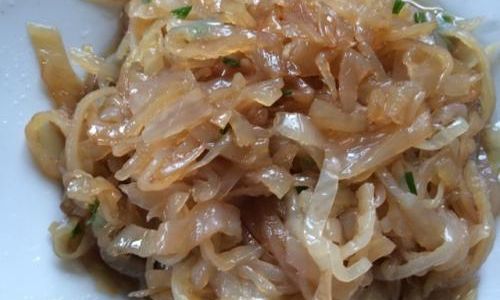
Cleaning and Preparation
-
Rinse: Begin by rinsing the jellyfish under cold running water to remove any surface debris or salt.
-
Soaking: Fill a large bowl or container with cold water and add a generous amount of non-iodized salt (about 1 cup per gallon of water). Immerse the jellyfish in the saltwater solution. This helps draw out excess water and any impurities. Soak for at least 4 hours, preferably overnight, changing the water every few hours if possible.
Blanching
-
Boiling Water: Bring a large pot of water to a rolling boil. Add a splash of vinegar to the water, which helps firm up the jellyfish and improve its texture.
-
Cutting: While the water is heating, carefully cut the jellyfish into thin strips or smaller pieces. The thicker the pieces, the chewier the texture will be. Use a sharp knife or scissors to avoid tearing the delicate fibers.
-
Blanching Time: Once the water is boiling, carefully lower the jellyfish pieces into the pot using a slotted spoon or strainer. Blanch for about 10-15 seconds, no longer. Overcooking will turn the jellyfish into a rubbery mess.
-
Ice Bath: Immediately transfer the blanched jellyfish to a bowl of ice water to stop the cooking process. This step is crucial for maintaining the crispiness.

Draining and Seasoning
-
Draining: Once chilled, drain the jellyfish thoroughly, removing as much water as possible. You can use a salad spinner or pat them dry with paper towels.
-
Seasoning: Now, it’s time to add flavor. In a bowl, combine the jellyfish with your choice of seasonings. A simple mix of soy sauce, sesame oil, minced garlic, and chili flakes can be delightful. Adjust the seasoning to your taste.
Serving
-
Chilled: Serve the jellyfish chilled for the best texture and flavor. It can be enjoyed as a standalone appetizer or incorporated into salads, noodles, or sushi rolls.
-
Garnish: For an extra touch of elegance, garnish with thin slices of cucumber, radish, or sesame seeds.
Creative Variations
-
Jellyfish Salad: Combine the seasoned jellyfish with shredded vegetables like carrot, cucumber, and bell pepper for a colorful and refreshing salad.
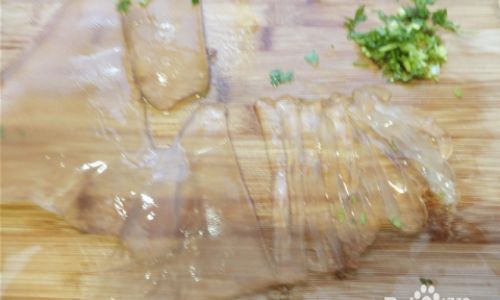
-
Jellyfish Soup: Use the blanched jellyfish in a light broth with tofu, mushrooms, and green onions for a soothing and healthy soup.
-
Sushi andSashimi: For the adventurous, try slicing the jellyfish thinly and serving it raw or lightly pickled as a sushi topping or sashimi.
Conclusion
Preparing fresh jellyfish may seem daunting at first, but with the right techniques and ingredients, it can be a rewarding culinary experience. The crisp texture and mild flavor of fresh jellyfish make it a versatile ingredient suitable for various dishes. Whether you’re looking to impress guests with a unique appetizer or simply want to explore new culinary horizons, fresh jellyfish is worth giving a try. Remember, the key to success lies in careful handling, precise cooking times, and creative seasoning. Happy cooking!
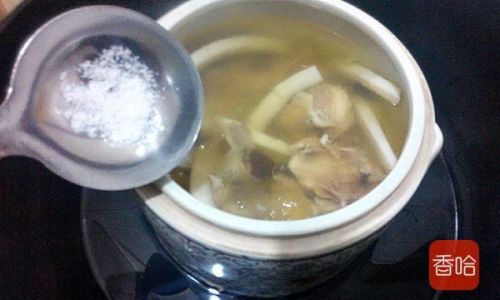

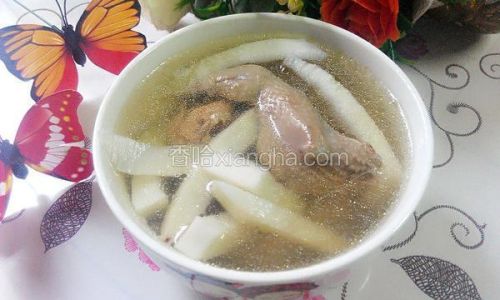

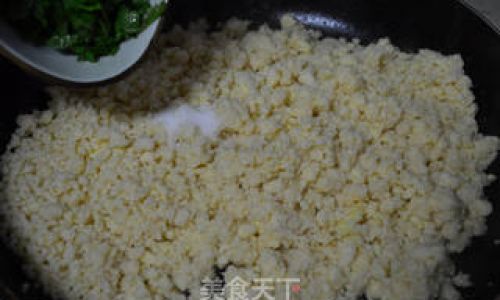

0 comments